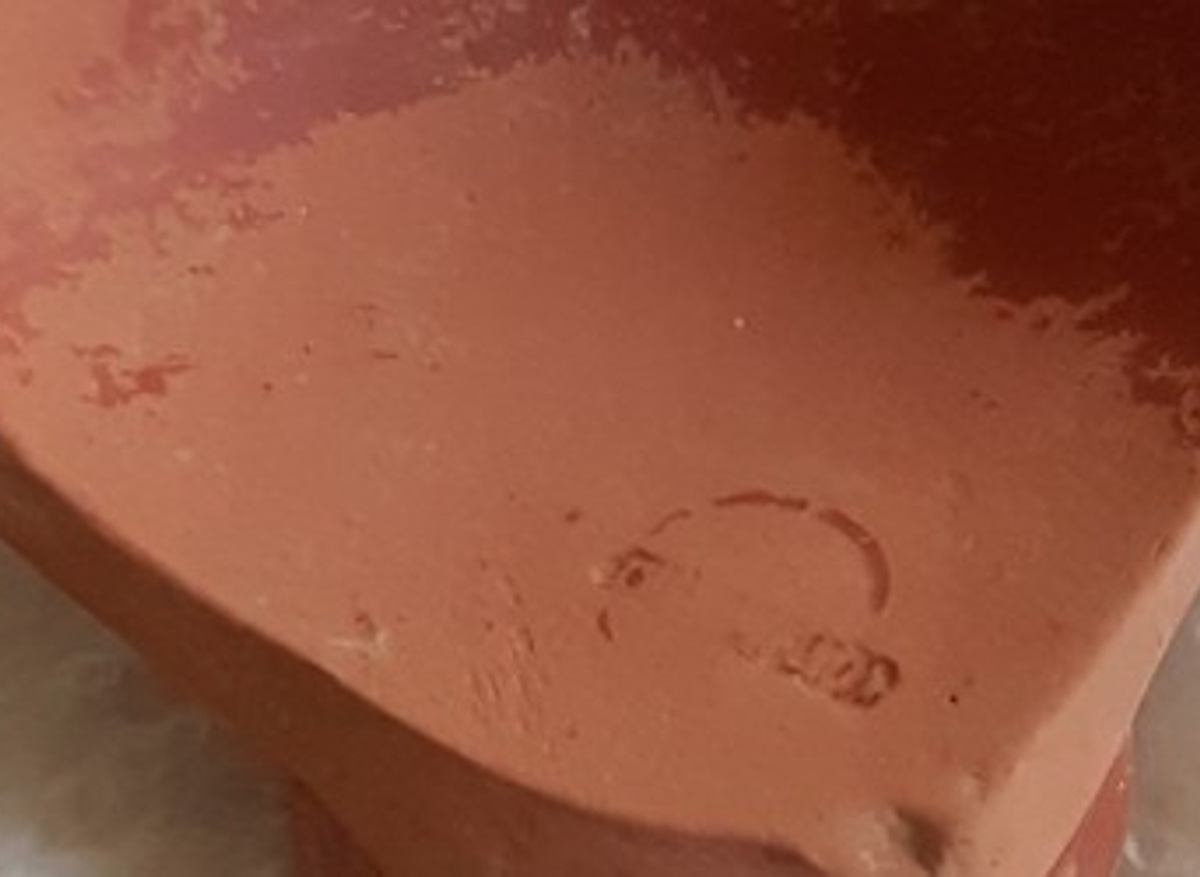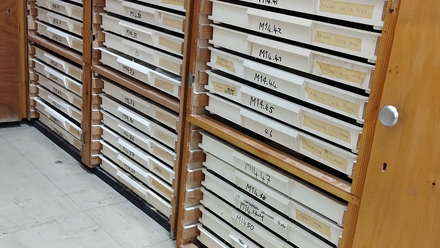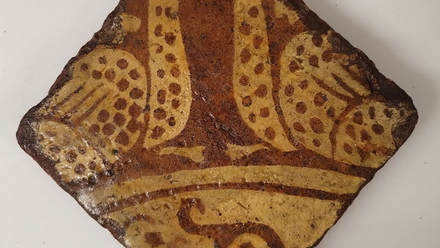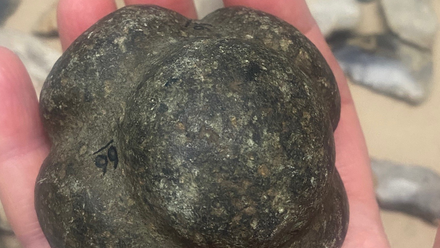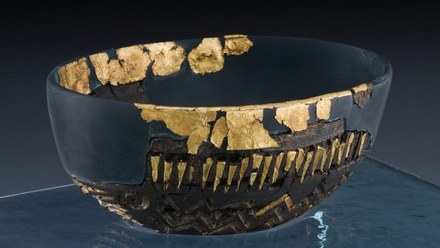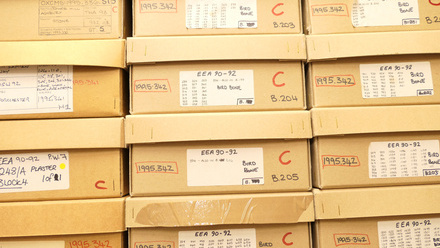Today is a chance to explain why I love my job! Last year my post focused on what was a pottery specialist to do on furlough. Well thankfully, this year those cobwebs have been banished and my desk is once again covered in delightfully chaotic piles of research notes. Roman pottery studies can be viewed as, well, a bit ‘geeky’ (#sherdnerd) but it offers a wonderful opportunity to discover a range of aspects of Romano-British life through the study of probably the most common artefact type encountered on sites of this date. My tasks today include putting the final flourishes to a report on a late Iron Age/early Roman ceramic assemblage from Essex; writing the catalogue of illustrations and checking references. Doing a final read through I was struck by a few themes that I wanted to share today.
I find delight in what some might seem as the mundane process of sorting, counting and weighing all the individual sherds of pottery as you never know what surprises might be lying in wait and during analysis, where your reading may take you. Within this assemblage the selection of vessels to accompany the burials opened the way for a discussion on identity through what appears to be a deliberate choice to reflect Gallo-Roman practices in contrast to the local nature of the domestic assemblage; the intersection of different influences in those early decades of Roman Britain. This morning’s reading included two completely diverse articles, both looking at identity and grave goods (including pottery) yet both reflecting the time in which they were written. Firstly a 1960s publication where the skeletal remains indicated a youth or ‘slender female’, details discounted on the basis of drinking cups, gambling pieces and styli being present which were assumed to be male signifiers (Biddle 1967). This was beautifully contrasted by an article published last year exploring interpretations of gender and sex (Power 2020).
Returning to the pottery laid out in front of me, one of the vessels for illustration displays some rather wonderful use wear. At the recent 50th anniversary conference of the Study Group for Roman pottery (@TheSGRP) Ed Biddulph and the food historian Sally Grainger discussed a joint project investigating the cause of such use wear and a possible connection to the preparation of fish sauces and provide a wonderful example of a collaborative project between archaeology, history, science and experimental archaeology. It is not the only vessel, however, from this assemblage that may undergo lipid analysis as one of the burials within this assemblage contained two ‘infant feeding cups’ (or tettine) which are currently being sampled to look for traces of residues. I have a long fascination with this type of vessel and have created a database of all known examples in Britain.
I really value discussions with other pottery specialists, both in person and online. The SGRP conference had its largest audience ever (over 200 registered delegates) and it was hugely inspiring to hear papers from early career researchers, particularly the eloquent summary by Megan Tirpak (Newcastle University) of the problems specialists encounter, issues which are compounded even further for aspiring specialists. The study of roman pottery is facing a crisis whereby there are simply not enough specialists and as a sector we need to look at how to address these and make the study of roman pottery far more inclusive and accessible. I really hope Roman pottery studies are still featuring on A day in Archaeology for many years to come!
Contact details
Kayt Hawkins
UCL Institute of Archaeology

